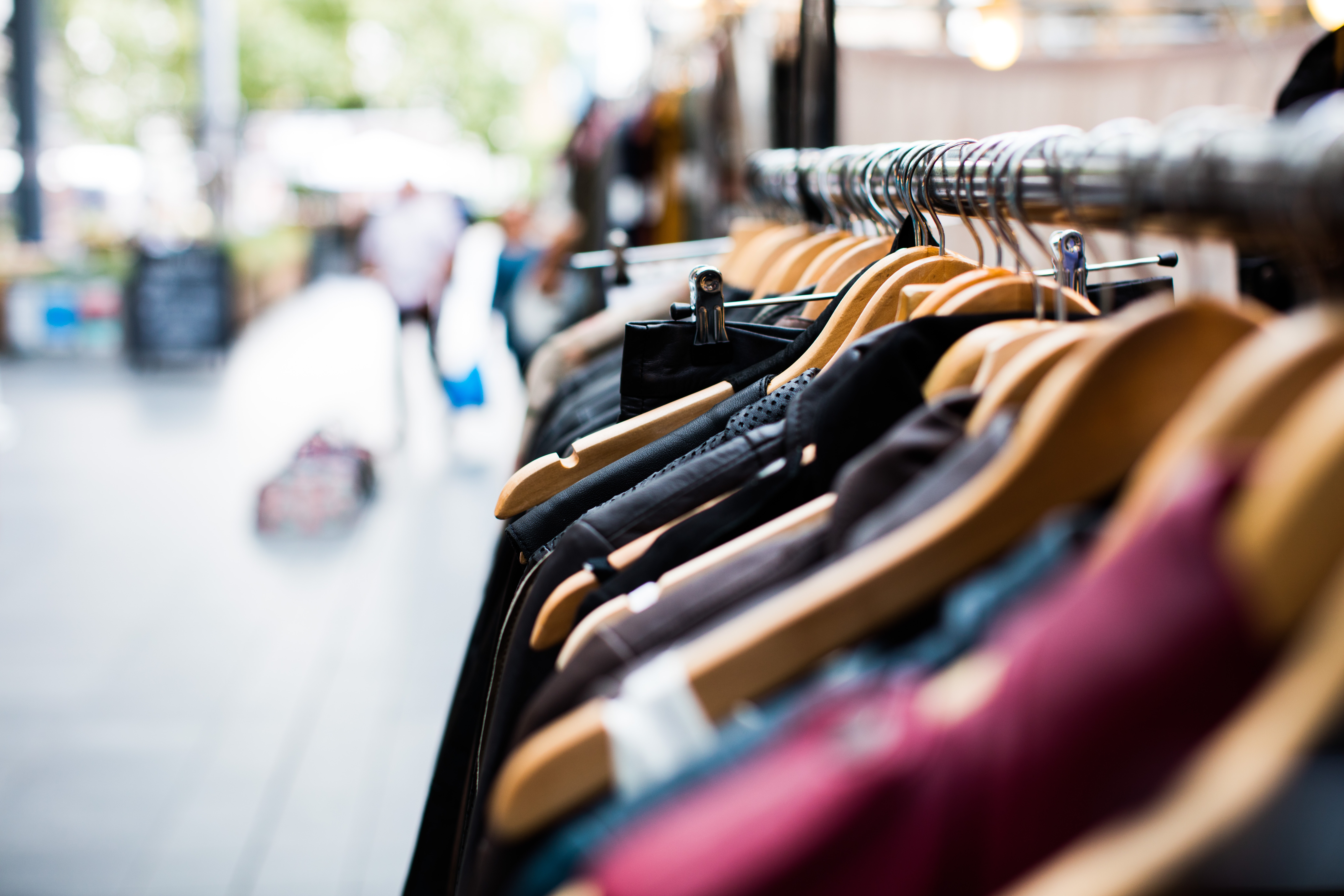Apparel retailers are scrambling to capture returning sales unleashed by pent-up demand, even as they brace for challenges ahead.
The past 12 to 18 months have been tough for clothing and accessories sales. For apparel to be meaningful and necessary, people have to be going places, and that certainly wasn’t the case during much of the pandemic. Instead of dressing to go to the office, school or dinner, a majority of the population opted for stretchy waistbands, casual comfort and sports apparel. “In going through the pandemic, people recalibrated what was important, and apparel fell way off the map,” noted Kevin Mullaney, CEO of The Grayson Co., a retail consulting firm.
.
The outlook for apparel sales brightened in the first quarter as vaccinations rolled out, businesses began reopening and consumers got out of their homes and started spending. According to a July report from the U.S. Census Bureau, seasonally adjusted sales at clothing and clothing accessories stores totaled $143.3 billion during the first half of the year, a 67.5% year-over-year increase. “The bounce back that has happened everywhere is pretty healthy, and what we see now is a level of sales that are higher than pre-pandemic,” said Cushman & Wakefield economist and global research retail lead Ken McCarthy. Going forward, more people will be returning to work and buying office attire. “As that happens, it’s going to have a positive impact on apparel sales, as well,” he added.
However, apparel was one of the hardest-hit categories during the pandemic, and Mullaney believes it will be the most fragile in this recovery. The pent-up demand also hit harder and faster than what retailers had anticipated. No one was really ready for that surge in spending, which is putting even more pressure on supply chains. Retailers are dealing with increased shipping costs and long lead times to get merchandise on store shelves.
Anecdotally, Mullaney hears from retailers that the price of shipping containers have jumped from $4,500 to $19,000 and overseas air freight is backed up by as much as 45 days in some cases. Supply chain delays are making it difficult to get seasonal fashions in stock at the right time.
Performance remains a mixed bag
Apparel is a broad category, and different retailers and price points are faring better than others. In addition, some companies were better positioned with their omnichannel platforms at the start of the pandemic.
“There has already been a culling of the herd of … those who didn’t respond quickly or strongly enough,” said Mullaney. There also are retailers that are barely hanging on and have exhausted money received from Paycheck Protection Program loans. It’s now a moment of truth for retailers on whether they can make it work, he added.
Piling on is uncertainty of how much disruption the delta variant will cause. Both the timing and scope of return-to-work could have a big impact on apparel sales. Major companies like Facebook, Amazon and Lyft have delayed their return-to-the-office plans until early 2022.
What’s next for store strategies?
Brick-and-mortar stores continue to play an important role for apparel retailers. Digitally native brands, in particular, have been adding stores as they recognize the positive impact a physical presence has on sales and brand awareness. Online retailers have found that having a store in a particular market can increase online sales within a 20-mile radius of that location by 20% to 400%, depending on the category, noted Mullaney. The higher percentages are typically for the showroom concepts where people want to see the product before buying it online.
“I think apparel will be fine. How quickly it gets to fine is dependent on how quickly the world gets better,” he said. One of Mullaney’s clients is a high-end apparel retailer that sells suits. Anecdotally, sales for the firm went through the roof as soon as people started going back to work because no one could fit in to their clothes. “That drives home the point that once people go out, they are going to be aware of what they look like, and they are going to have to re-up and look for something new and fresh,” he said.
You can read the full article at ICSC.




